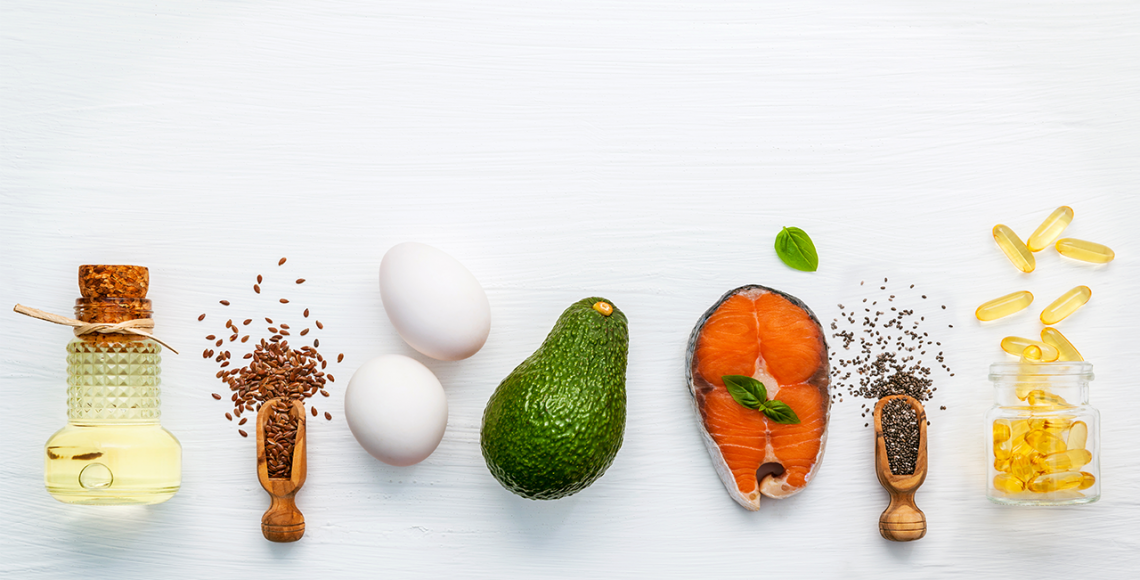Typical omega-3 sources
Most people know that oily fish such as salmon, trout, sardines, mackerel, anchovies and herring are good sources of omega-3 – in fact, the very best sources. This is because these fish have the marine long-chain fatty acids known as EPA and DHA, the fatty acids with the best, proven health effects.
Read more articles about omega-3 here
Not just for dinner
Remember that food products such as caviar spread and tinned mackerel in tomato sauce also have a high omega-3 content. You don’t need to get all your fatty acid intake during dinner but can preferably spread it across meals throughout the day. Why not have some caviar spread or a few anchovy fillets on top of an egg for breakfast? And how about a couple of crispbreads with mackerel in tomato sauce for lunch?
Other omega-3 sources
But what if you don’t like fish? Other foods containing omega-3 are walnuts, pumpkin seeds, oils from rapeseeds, flaxseeds, and soya beans. These foods are rich in vegetable short-chain fatty acids called ALA. This is also an omega-3 fatty acid, but it is not as beneficial for the body as the marine fatty acids. The body must convert ALA to EPA and DHA, but only a small amount is converted, and it’s a slow process.
Omega-3 as a supplement
The omega-3 sources are thus limited, which is why many people prefer to take a dietary supplement to ensure they get their daily dose of 250 mg DHA and EPA. But choose supplements with care as there are quality differences here as well. A good quality supplement, like the classic Möller’s Cod Liver Oil, should contain a good amount of the more beneficial marine fatty acids.

